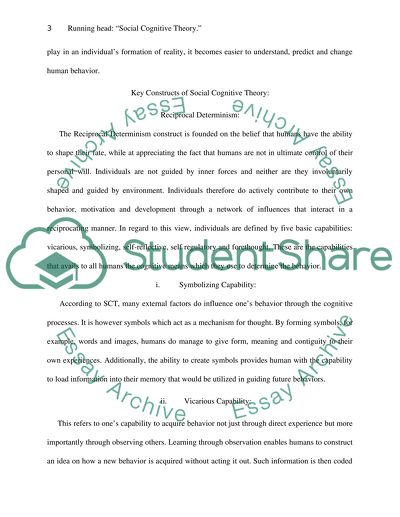Cite this document
(“Social Cognitive Theory Essay Example | Topics and Well Written Essays - 1500 words”, n.d.)
Retrieved from https://studentshare.org/psychology/1439109-social-cognitive-theory
Retrieved from https://studentshare.org/psychology/1439109-social-cognitive-theory
(Social Cognitive Theory Essay Example | Topics and Well Written Essays - 1500 Words)
https://studentshare.org/psychology/1439109-social-cognitive-theory.
https://studentshare.org/psychology/1439109-social-cognitive-theory.
“Social Cognitive Theory Essay Example | Topics and Well Written Essays - 1500 Words”, n.d. https://studentshare.org/psychology/1439109-social-cognitive-theory.


